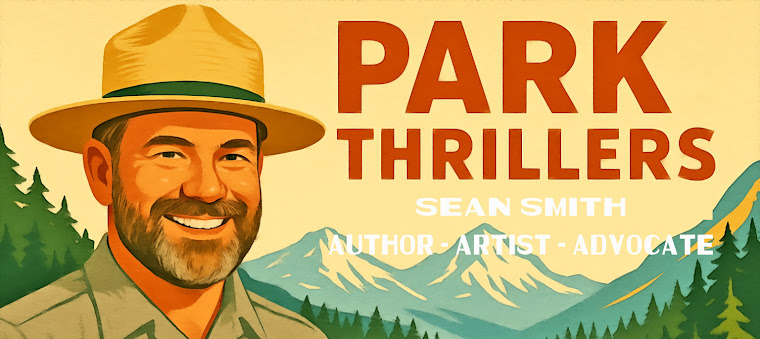As the prospect of a second Trump administration looms on the horizon, questions arise about the potential impact on America’s beloved National Parks. While these iconic spaces are often seen as untouchable sanctuaries of natural beauty and wildlife, history has shown that federal policies and leadership can profoundly influence their management, conservation, and accessibility. Here’s a closer look at what Trump 2.0 might mean for the National Park System.
A Legacy of Cuts and Controversy
During his first term, Donald Trump’s administration pursued policies many conservationists viewed as detrimental to public lands. Trump proposed slashing budgets for the Department of the Interior (DOI), the agency responsible for overseeing the National Park System. These cuts threatened critical programs ranging from maintenance and infrastructure to resource conservation and visitor services. Simultaneously, the administration’s decision to relocate key federal land management offices to Western states led to significant staff turnover and a loss of institutional knowledge, further undermining the ability to effectively manage these lands.
The Antiquities Act: A Tool for Reduction
Perhaps the most controversial action affecting public lands during Trump’s first term was his unprecedented use of the Antiquities Act to reduce the size of national monuments. Bears Ears and Grand Staircase-Escalante in Utah saw their protections drastically scaled back, opening millions of acres to potential mining, drilling, and other extractive industries. Such actions sent shockwaves through the conservation community and raised concerns about the future integrity of other federally protected lands.
Leadership Matters: The Doug Burgum Factor
Trump’s choice of North Dakota Governor Doug Burgum to head the Department of the Interior signals a continuation of policies favoring energy development over conservation. Burgum’s deep ties to the oil and gas industry raise questions about potential conflicts of interest and the prioritization of fossil fuel extraction over the stewardship of public lands. With Burgum at the helm, the DOI could pursue an agenda that prioritizes short-term economic gains at the expense of long-term environmental sustainability.
Climate Change Skepticism
The Trump administration’s record on climate change is well-documented, with policies often dismissing or outright denying the scientific consensus. This skepticism has far-reaching implications for the National Park System, where climate change already has visible effects—from shrinking glaciers in Glacier National Park to rising sea levels threatening coastal parks like Everglades National Park. Without robust federal leadership acknowledging and addressing these challenges, parks could face unprecedented threats to their ecosystems and infrastructure.
Implications for Public Access and New Parks
Trump’s policies also risk limiting public access to parks. Budget cuts and reduced staffing could mean fewer resources for maintaining trails, visitor centers, and campgrounds, potentially diminishing the visitor experience. These cuts and the likely reduction in service may embolden some to take advantage of the self-inflicted crisis to assert false ownership of parks and forests and that they should be returned to the states. Moreover, establishing new parks, which require political will and financial investment, seems unlikely under an administration focused on reducing federal oversight and promoting resource extraction.
A Call to Action
America’s National Parks are often referred to as “America’s best idea,” embodying a commitment to preserving the nation’s natural and cultural heritage for future generations. The potential impact of a second Trump administration on these treasures underscores the importance of vigilance and advocacy. Public lands belong to everyone, and their future depends on collective action to ensure they remain protected, accessible, and resilient in the face of mounting challenges.
As the nation watches the evolving political landscape, it’s crucial to consider the stakes for our National Parks and the values they represent. Their preservation is not just about protecting landscapes and wildlife; it’s about safeguarding the legacy of a shared American heritage.











